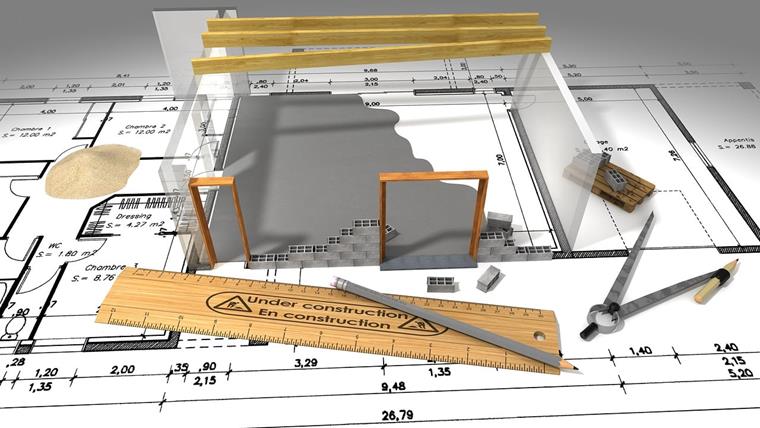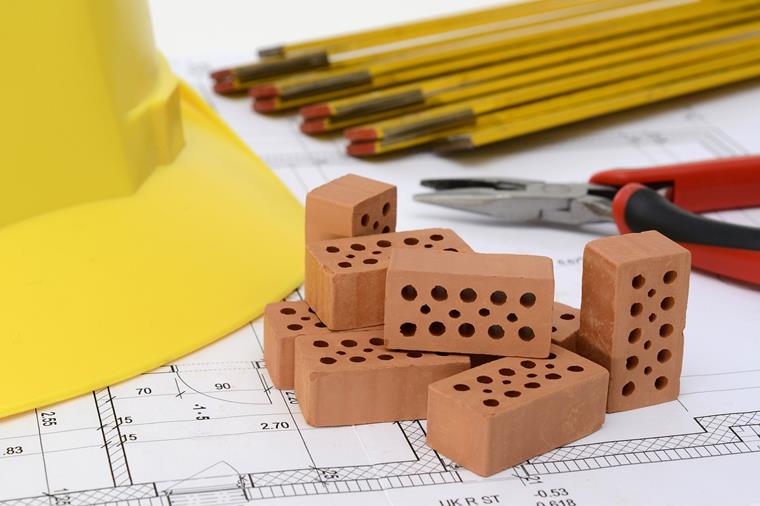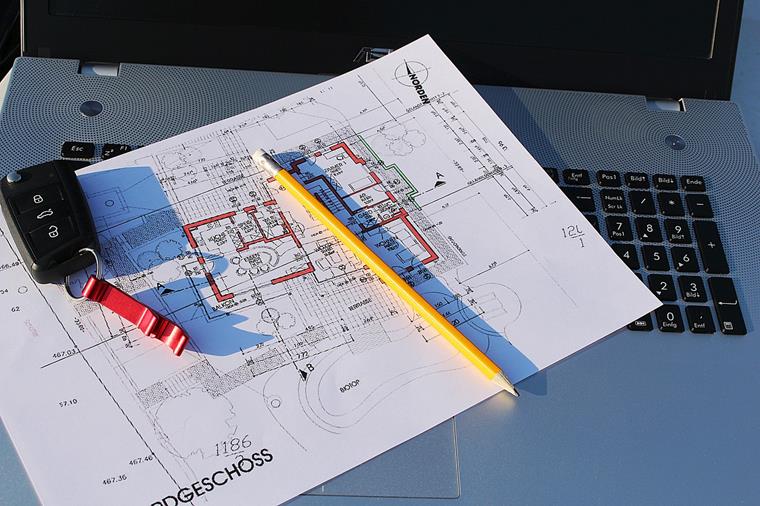From Craft to System Improvement
Our guest today is Peter Plöppl. He is self-employed and has set himself the goal of further advancing the construction industry with his Suppgrade tool. After all, we are definitely lagging behind in the area of digitization. He is actually a trained carpenter, but had to move to an office for health reasons.
It was not bad for him, because he taught himself to program at an early age. It paid off. He worked as a CAD administrator for several years before he ventured into self-employment. For built-in parts, there was no optimal solution that draftsmen could work with. So he decided to simplify complex processes through digitization. His prototype was well-received even by rather conservative users – a reason for him to continue developing his tool.
Problem with Built-in Parts
Built-in parts are structural components applied in concrete. They are used to achieve certain structural properties such as density and thermal and sound insulation, or to connect components, but when completed, they are no longer visible from the outside.
While an engineer simply needs the values of the built-in part for their analysis, a technical draftsman or designer has different requirements. Finally, they have to bring the concrete built-in part onto the construction plan in order to know which part of a special type is required at the construction site, and in which quantity.
There are several systems where draftsmen can create their own built-in parts. It is possible to enter all the necessary attributes for logistics / transport there. This is where the problem starts, because there are no standards. Some put a dash, some a minus, others a comma, or someone makes a mistake. As a result of this susceptibility to errors, the values deviate from the actual product, which entails high logistics costs.
Furthermore, there is a kind of catalog from which the designer can obtain the rigid built-in part of a manufacturer. However, this can no longer be changed. Either you take it as it is, or you delete it and create it yourself as you need it. Here, there is also no uniform guideline. Each manufacturer has a different number of polygons, different colors, or different layers. Bringing such differences to a common denominator for an evaluation is incredibly time-consuming.
Of course, you can also download digital products directly from the manufacturer. However, there is also a lack of uniformity here. No matter whether you work with IFC, DWG, DXF – it seems that all files are different. An easy analysis at the end? Rather, you need a separate analysis for each part, as nothing really fits together. And not just that. Some manufacturers overdo it with a number of their polygons and put thousands of them in a construction plan, which ultimately brings the CAD program to its knees.
- “A draftsman just wants to work with it and I want to help.“
Why do such problems exist at all? Should we not work in the construction industry to ensure that the processes and procedures can be handled as easily as possible? In theory, yes, but this is where the manufacturers' typical competitive thinking gets in the way of the designers. Every company has its own certificates and attestations; nobody wants to pass something on to the competition. Unfortunately, competition in the market plays a major role here.
Digital Built-in Parts
To facilitate the work of a technical draftsman, Peter created a generator: the Suppgrade tool. What can this new digital tool do?
For example, if a draftsman specifies a shear rail by Manufacturer A in the design, and the construction company later decides they would rather have a built-in part by Manufacturer B , that would usually be a problem. Eventually, they do not have the data from Manufacturer B in the system at all.
This is where the generator comes in. Suppgrade is actually a kind of add-on for Allplan. The tool accesses a database, which includes the variants of all built-in parts by various manufacturers in a standardized form. Thanks to Peter's generator, however, draftsmen simply have to enter manufacturer B there, and get the exact attributes that are stored in there. They can rely on the correctness of the data and concentrate fully on their work.
How does Suppgrade work?
A designer uses the tool to find the right built-in part and selects the manufacturer. It is possible to download the part directly from the platform and use it for a rental fee. The digital built-in part can be dragged and dropped directly into their system. Their colleagues will also find the file just a moment later in the standard library and can access it. The easy, intuitive operation was very important to Peter.
- "Users don't have to be programmers at all. You only have to be able to use your CAD program."
Of course, we wonder whether the tool is ready to be used in BIM. Unfortunately, Peter has to disappoint us; the technical possibilities to implement something like this are currently lacking. However, he lets us know that he is already working towards this together with his contacts from the Building Smart organization.
Future of Construction Industry
Peter is convinced that programming in civil engineering will become more and more important in the future. Simply because programming skills can save a lot of time. With the lack of staff in the background, saving time is always an important point in the profitability of the industry, of course.
He assumes that tablets capable of handling construction sites will be found at every construction site in the future and will replace the current construction plans. 3D models make it easier for the workers on site to understand the structure of the project.
- "It will definitely happen; 2D plans will disappear."
If he had one wish, he would have liked to digitize the entire construction industry to such an extent that we could use BIM everywhere. Furthermore, he would want to promote digitization at schools. In his opinion, it is essential to rethink this, because unfortunately, the older generation is still slowing down digitization – whether at schools or later, at universities.
He would also like this renegotiation with craftsmen to go away. After all, they do their job and it has a fixed price. Here, he would like to point out that manual activities definitely deserve more recognition.
Peter, what is your favorite building?
His favorite building is a hall that he and his siblings own. A photovoltaic system is installed on top and wood is stored in it. Here, of course, it has a personal use.
In order not to leave us with a rather abstract idea, he mentions another building that impresses him very much. It is the National Museum in Qatar. The building model was inspired by the shape of a desert rose and looks truly fascinating. He feels a little sorry for the structural engineer who had to calculate it, but the architect certainly enjoyed it. We can only agree with that. Thank you for being with us!
Did you like this post? Feel free to listen to the episode. You can find it here, under our Go to Dlubal Podcast that include all the episodes. Till next time!




.png?mw=760&hash=500964df875a408db194a184455ff34f954f1d7f)